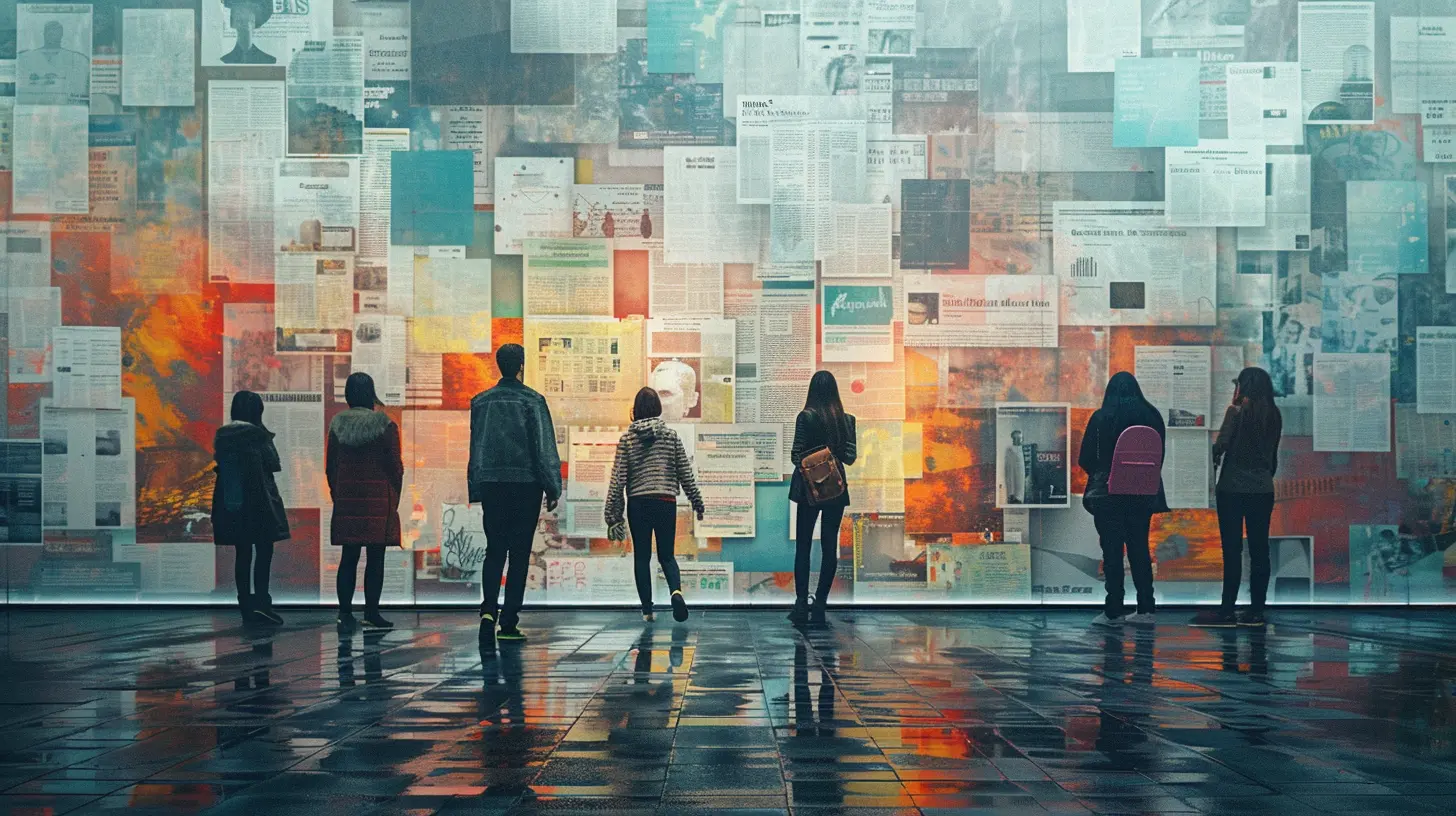14 April 2025
Fake news is everywhere. It’s like an invasive species creeping into our social feeds, clouding our judgment, and fueling misinformation. Whether it’s politics, health information, or world events, falsehoods spread faster than wildfire. The question is—how do we stop it?
Well, that’s where social studies steps in. It’s more than just a school subject; it’s a powerful shield against misinformation. Social studies equips people with critical thinking skills, media literacy, historical context, and ethical understanding—all crucial in fighting fake news.
Let’s break it down and see how this subject plays a major role in keeping us informed, skeptical (in the best way), and analytical.

Understanding Fake News: Why Is It a Problem?
Fake news isn’t just about false headlines—it manipulates people, sways elections, impacts public health, and can even incite violence. It takes many forms:- Satire mistaken for real news – Think of parody websites like The Onion. Not everyone realizes it’s meant to be a joke.
- Clickbait stories – Sensationalized headlines designed to make you click, often misleading or exaggerated.
- Deepfakes and manipulated media – Advanced technology makes it harder to tell what's real and what's edited.
- Propaganda and politically-driven misinformation – Fabricated stories designed to influence public opinion.
With social media acting as an amplifier, fake news spreads faster than fact-checkers can keep up. That’s why education, specifically social studies, is our best defense.

The Role of Social Studies in the Battle Against Fake News
1. Teaching Critical Thinking Skills
Imagine someone hands you a glass of water. Do you drink it instantly, or do you ask where it came from? That’s the same mindset we need for consuming news—we shouldn’t just believe it at face value.Social studies encourages students to question sources, evaluate credibility, and analyze bias. Instead of absorbing information mindlessly, they learn to ask:
- Who wrote this?
- What’s their motive?
- Are there reliable sources backing this up?
By practicing these habits early, students become independent thinkers who don’t fall for misinformation as easily.
2. Promoting Media Literacy
Ever seen a shocking headline and felt the urge to share it instantly? That’s human nature. But social studies teaches media literacy, helping students recognize fake news traps.Students learn:
- How algorithms work – Why do you see certain news stories on your feed?
- The impact of echo chambers – Are you only seeing news that aligns with your beliefs?
- Fact-checking techniques – How do you verify if a story is real?
By understanding how digital media operates, students can navigate through the noise and make informed decisions.
3. Providing Historical Context
History loves to repeat itself. If you understand past events, recognizing patterns in fake news becomes easier.For example, propaganda isn't a new invention—it was heavily used in World War II. Knowing this allows us to compare past misinformation tactics to modern ones. Similarly, understanding the Cold War era and past election conspiracies helps students identify political misinformation today.
Social studies connects the dots, proving that misinformation isn’t a recent phenomenon—it just has new tools.
4. Encouraging Ethical Journalism and Responsible Sharing
Ever shared a story without checking its validity? Don’t worry, we’ve all been there. But sharing fake news has consequences.Social studies explores ethics in journalism, teaching students about:
- The responsibility of the press – What’s the role of news outlets in truth-telling?
- The impact of misinformation – How does fake news affect real people?
- The ethics of sharing content – Do we have a duty to fact-check before sharing?
By discussing these issues, social studies instills a sense of social responsibility—because every click and share matters.
5. Analyzing Bias and Different Perspectives
One of the biggest reasons fake news thrives? Bias. People tend to consume news that reinforces their existing beliefs, ignoring information that challenges them.Social studies introduces students to different viewpoints, helping them:
- Recognize bias in news sources
- Understand opposing perspectives without hostility
- Evaluate arguments critically rather than emotionally
This doesn’t mean believing everything you hear—it means being open to evidence-based discussions rather than falling for emotionally charged misinformation.

Fake News in the Digital Age: Why We Need Social Studies More Than Ever
The internet has made information more accessible, but it has also made misinformation more dangerous. With AI-generated fake news, deepfake videos, and viral hoaxes, distinguishing fact from fiction is harder than ever.Think about it: If a deepfake video shows a world leader declaring war, how would you know it’s fake? Without media literacy and historical knowledge, many people might panic or react impulsively.
Social studies gives us the intellectual tools to navigate this new reality. It helps us become better consumers of information, reducing the power of fake news.

Steps We Can Take: Bringing Social Studies into the Fight Against Fake News
So, what can we do to integrate social studies more effectively into the battle against misinformation?1. Start early – Teach media literacy and critical thinking in elementary school.
2. Encourage classroom debates – Let students analyze real-life fake news examples.
3. Use fact-checking tools – Websites like Snopes and BBC Reality Check should be part of the curriculum.
4. Promote open-minded discussions – Teach students to evaluate without bias.
5. Engage with current events – Link historical lessons to modern-day misinformation trends.
By implementing these strategies, we can create a generation of informed citizens who don’t just consume news—they question and verify it.
Conclusion: Social Studies as the Ultimate Defense Against Fake News
In a world where misinformation is just a click away, social studies is more important than ever. It serves as an intellectual shield, teaching critical thinking, media literacy, historical awareness, and ethical responsibility.Fake news thrives on ignorance—but social studies empowers people with knowledge and skepticism, two things misinformation can’t survive against.
So the next time you read an outrageous headline, ask yourself: Would my social studies teacher believe this? If the answer is no, it might be time to dig a little deeper.




Maribel McDonald
Empowering students with social studies fosters critical thinking and resilience against the tide of misinformation!
April 16, 2025 at 11:42 AM